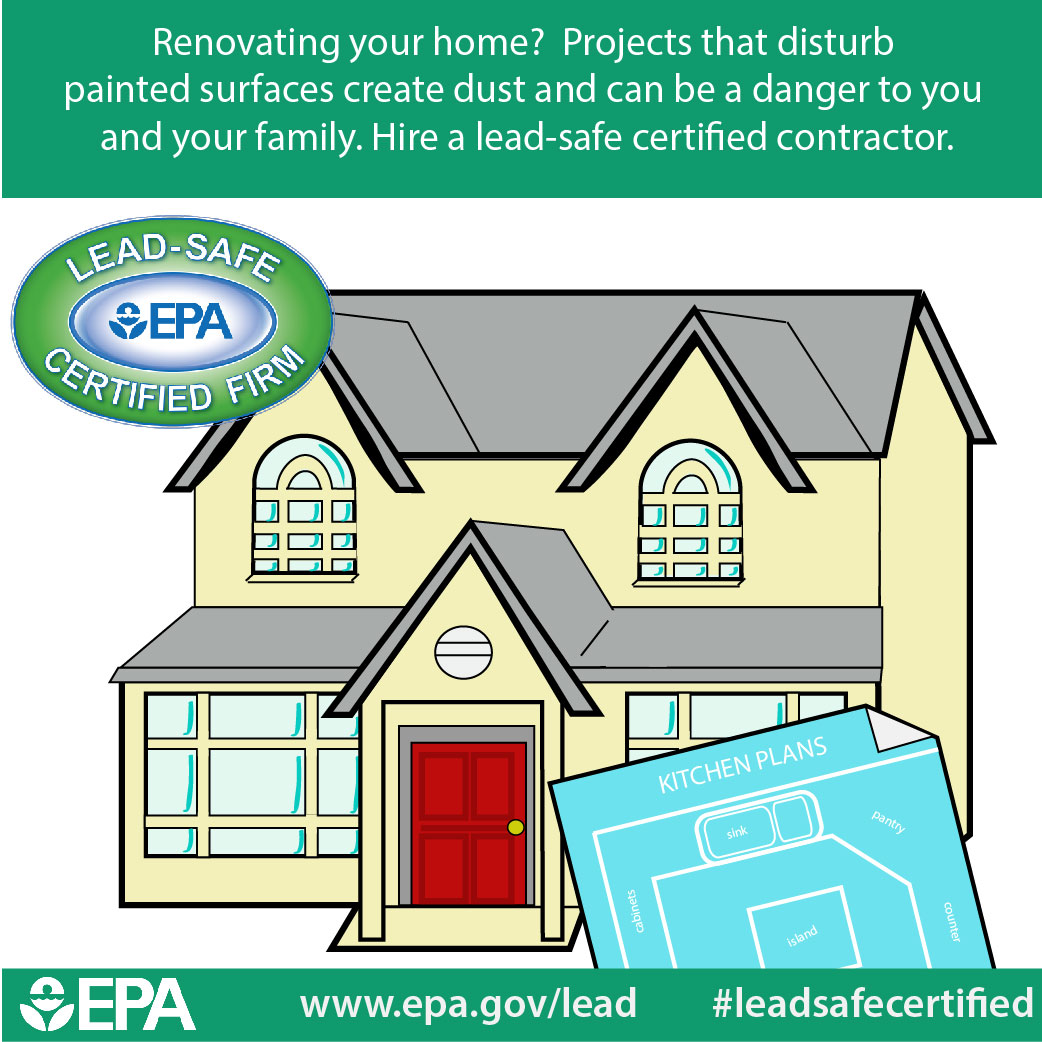Ready Your Wall Surfaces For Painting With Important Ideas And Techniques That Assure A Smooth Finish-- Explore The Vital Steps To Enhance Your Task
Ready Your Wall Surfaces For Painting With Important Ideas And Techniques That Assure A Smooth Finish-- Explore The Vital Steps To Enhance Your Task
Blog Article
Content Composed By-Soelberg Kearns
When you're prepping your wall surfaces for painting, it's important to follow a methodical process to make certain a perfect surface. Start by analyzing the wall surface for any type of damage; this step can make or break your job. Once you have actually recognized any concerns, cleansing the surface correctly is important, as a dirty wall can affect paint adhesion. Afterwards, navigate to this website 'll need to spot any flaws and use a guide. However there specify strategies and pointers that can raise your prep work game-- let's check out those additional to achieve the most effective outcomes.
Assessing Wall Surface Condition
Before you grab your paintbrush, take a moment to analyze your walls' condition. Look for any type of visible damages like fractures, holes, or peeling paint. These flaws can impact how the paint sticks and looks once it's completely dry. If you observe any kind of significant damage, you'll require to prioritize repair services prior to diving right into paint.
Look closely at the texture of your wall surfaces. Is the surface area smooth, or is there appearance that might call for unique consideration? Smooth walls typically need less preparation, while distinctive surface areas may require more time to repaint uniformly.
Likewise, consider the previous paint task. If the old paint is glossy, it mightn't enable new paint to stick effectively. You'll need to know if your walls have been repainted with oil-based or water-based paint, as this can affect your choice of guide or paint.
Finally, bear in mind of any kind of moisture concerns. If you see indications of water damages or mold and mildew, address these troubles promptly to stop additional difficulties.
Cleaning the Surface
As soon as you have actually examined the condition of your walls, the following step is cleaning the surface area. Beginning by collecting https://home-painters-near-me55432.theideasblog.com/33747985/changing-the-ordinary-brighten-your-space-with-a-ruptured-of-shade : a bucket, cozy water, a moderate cleaning agent, a sponge or fabric, and a scrub brush for harder areas.
Begin on top edge of the wall and work your way down. Mix the detergent with cozy water in your container, after that dip the sponge or towel into the service. Wring it bent on prevent excessive wetness on the walls.
As you clean, pay very close attention to locations that might've gathered dust, grease, or finger prints. For stubborn stains, use the scrub brush gently to prevent harming the paint below. Rinse your sponge or fabric regularly in tidy water to avoid spreading dirt around.
After cleaning, https://exteriorpaintersnearme90099.prublogger.com/32452336/stimulate-your-surroundings-with-the-most-up-to-date-interior-paint-color-patterns-that-will-highlight-your-personal-style to clean the walls with a damp towel to eliminate any type of soap deposit. This step makes sure a smooth surface area for the brand-new paint to follow.
Allow the wall surfaces to dry totally prior to proceeding to the following preparation actions. This extensive cleansing procedure will aid develop a fresh canvas for your painting job, making certain the most effective results.
Patching and Priming
Patching and priming are crucial steps in preparing your wall surfaces for a fresh coat of paint. Initially, inspect your walls for any type of openings, splits, or blemishes. Use a top notch spackling compound or patching paste to fill up these locations.
Apply the substance with a putty knife, smoothing it out so it's flush with the surrounding surface. Allow it to completely dry completely, and after that sand it lightly up until it's smooth and also.
As soon as you have actually covered everything, it's time to prime. Guide assists seal the patched locations, making certain the paint sticks properly and provides an uniform coating. Pick a guide appropriate for your wall type and the paint you'll be using.
Apply the primer using a roller for bigger areas and a brush for corners and sides. If your covered locations are significantly huge or permeable, you might intend to apply a 2nd layer of primer after the first one dries out.
After priming, let every little thing completely dry extensively before going on to paint. This prep work will not only improve the look of your wall surfaces however also prolong the life of your paint work.
Take your time, and you'll be pleased with the outcomes.
Final thought
By complying with these straightforward steps, you can attain a smooth and expert finish on your wall surfaces. Beginning by analyzing their condition, after that tidy and spot any kind of imperfections before using primer. Bear in mind to allow sufficient drying time and make sure every little thing is smooth before you study painting. With the right preparation, you'll establish the stage for an attractive improvement in your area. Now, gather your materials, take in the fresh air, and prepare to paint!
